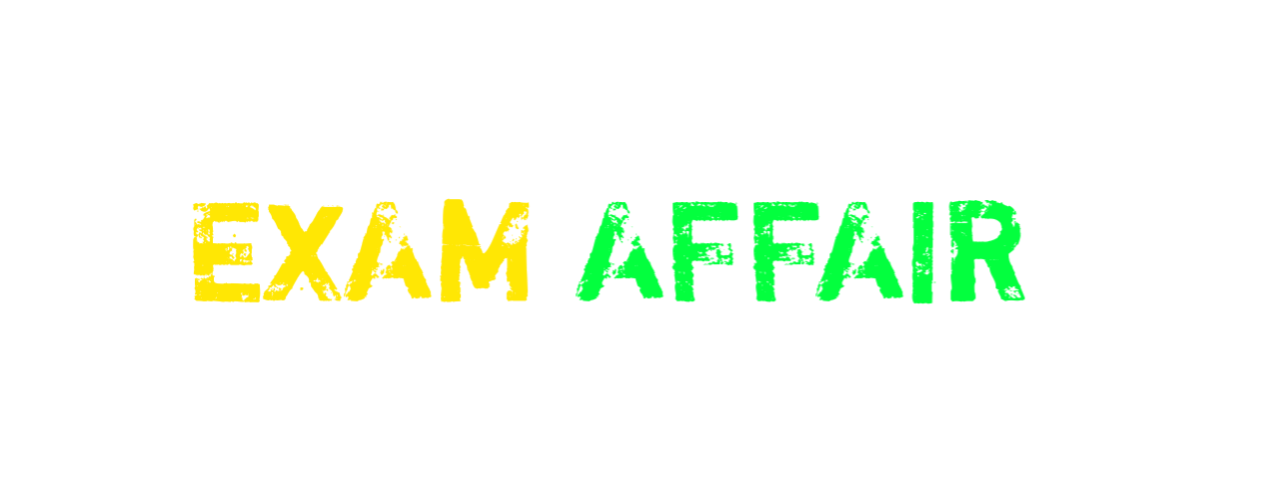Share & grow the world's knowledge!
We want to connect the people who have knowledge to the people who need it, to bring together people with different perspectives so they can understand each other better, and to empower everyone to share their knowledge.


निम्नलिखित में से डायमैग्नेटिक कौन है?
Answer :- (D) He
Answer :- (D) He
See lessवायु की चुम्बकीय प्रवृत्ति होती है
Answer :- (C) शून्य
Answer :- (C) शून्य
See lessक्यूरी तापक्रम के ऊपर लौह-चुम्बकीय पदार्थ हो जाते हैं
Answer :- (A) पारामैगनेटिक
Answer :- (A) पारामैगनेटिक
See lessताँबा होता है :
Answer :- (C) प्रति चुंबकीय
Answer :- (C) प्रति चुंबकीय
See lessकोबाल्ट (Co) का क्यूरी ताप है-
Answer :- (C) 358° C
Answer :- (C) 358° C
See lessइनमें से कौन-सा अनुचुंबकीय के पदार्थ नहीं है –
Answer :- (B) कोबाल्ट (Co)
Answer :- (B) कोबाल्ट (Co)
See lessचुंबकीय याम्योत्तर तथा भौगोलिक याम्योत्तर के बीच का कोण कहलाता है –
Answer :- (A) दिकपात का कोण
Answer :- (A) दिकपात का कोण
See lessपृथ्वी के चुंबकीय ध्रुवो पर नति(नमन) कोण का मान होता है –
Answer :- (D) 90°
Answer :- (D) 90°
See lessचुंबकीय द्विध्रुव के आघूर्ण का मात्रक है –
Answer :- (B) एम्पीयर-मीटर2
Answer :- (B) एम्पीयर-मीटर2
See lessकिसी स्थान पर पृथ्वी के चुंबकीय क्षेत्र में बल रेखाएं समान्तर तथा समदूरस्थ होती हैं ऐसे चुंबकीय क्षेत्र को कहते हैं –
Answer :- (D) एक समान चुंबकीय क्षेत्र
Answer :- (D) एक समान चुंबकीय क्षेत्र
See less